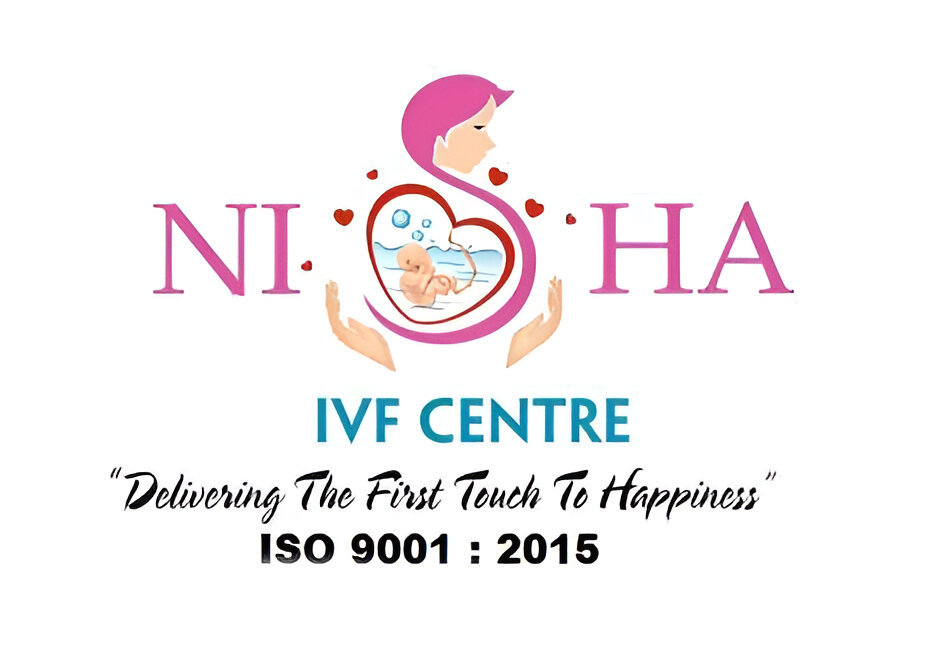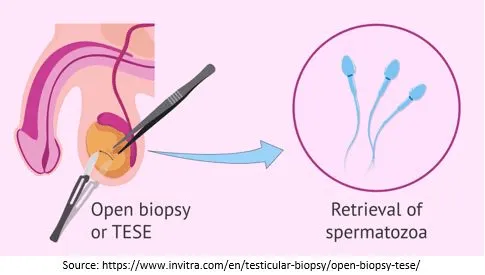When a fertility doctor tells you and your partner that you both are sub fertile, it may not be all bad news because subfertility is not as discouraging as infertility.
When it comes to fertility, most people think in terms of absolutes. It is either infertile or fertile, but that isn’t how it is. Subfertility is a grey line between the extremes. It isn’t always one or the other end of the spectrum.
Although they are frequently used synonymously, subfertility and infertility are different. Subfertility is a delay in conceiving. After a year of trying, infertility is the inability to conceive naturally.
The likelihood of naturally becoming pregnant in subfertility takes longer than usual. Without medical assistance, getting pregnant is unlikely in infertility.
If you are facing difficulties conceiving, visit Nisha IVF hospital in Ahmedabad. The facility comprises a team of highly experienced fertility specialists and the best IVF doctors in Ahmedabad. They may recommend particular tests and evaluate you and your partner. These will aid in identifying the underlying issue preventing conception.
At Nisha IVF Centre, one of the best IVF centres in Ahmedabad, we aim to fulfil your desire for parenthood by using the most effective fertility treatments.
What exactly is subfertility, and how can it be overcome to increase the chances of conception? Do you require IVF treatment? Below is everything you need to know. Read on.
So, let’s first know,
What exactly is Subfertility?
You are less fertile than an average couple if you are subfertile. It means that getting pregnant will take longer for you. A subfertile couple experiences a delay in conceiving while an infertile couple is unable to do so naturally.
According to research, most couples can become pregnant within 12 months of unprotected sex. Couples with low fertility need more time to get pregnant.
Causes of Subfertility
Subfertility and infertility often have similar root causes. An issue in the female or male partner or a combination of both may be the problem. There are some situations where the cause is unclear.
The following are some common subfertility causes:
1. Ovulation issues:
One of the frequent causes of subfertility is an issue with ovulation. It includes conditions such as:
Polycystic Ovarian Syndrome (PCOS) and Diminished Ovarian Reserve (DOR), where women’s egg counts are reduced due to aging, illness, or ovarian surgery.
Premature menopause as a result of chemotherapy or another condition.
Ovulation issues can also result from hormonal imbalance and affect ovarian function.
2. Issues in the fallopian tubes:
Obstacles in the fallopian tubes prevent the sperm and eggs from contacting each other. Endometriosis, ectopic pregnancy, chlamydia or gonorrhea, or pelvic inflammatory disease are all potential causes of this obstruction.
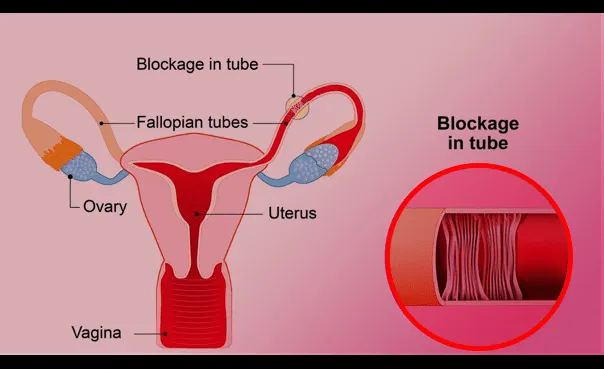
3. Uterine abnormalities:
They may prevent you from becoming pregnant. Congenital defects that exist at birth or later may be the cause. Some uterine abnormalities include fibroids, septate, double, and bicornate uterus.
4. Sperm production or function problems:
These can be brought on by chlamydia, gonorrhea, cancer and its treatments, mumps, diabetes, HIV, genetic defects, and varicocele, a condition in which the testes have enlarged veins.
5. Sperm delivery issues:
These can also make conception challenging and are brought on by early ejaculation, damage to the testes, genetic disorders, structural problems with the testicle, etc.
6. Lifestyle:
It significantly contributes to subfertility. Smoking is one of the causes of unidentified subfertility. In women, it impairs ovarian reserve as well as uterine and fallopian tube functionality. It lowers sperm quality and quantity in men.
Now, let’s discuss about,
Subfertility Diagnosis
At Nisha IVF hospital in Ahmedabad, seasoned fertility specialists can determine the cause of subfertility with the aid of several fertility tests and assessments. The doctors will first gather the medical and sexual histories of both partners.
They may also conduct a physical examination, including a pelvic exam for women and a genital examination for men.
Women may be subjected to tests such as:
Transvaginal ultrasounds to examine their reproductive organs.
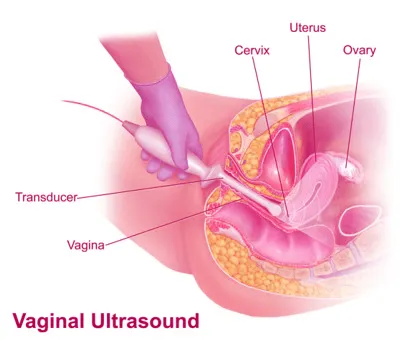
Blood tests to measure ovulation-related hormone levels.
Hysterosalpingography to examine the health of the fallopian tubes and uterus.
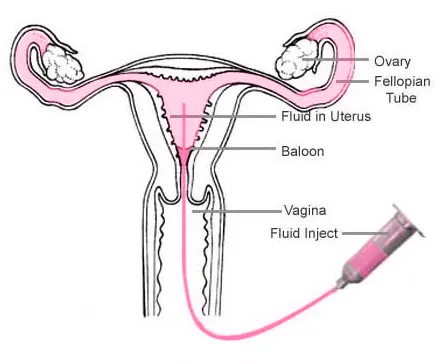
Ovarian reserve testing to determine the quantity and quality of eggs.
Men may undergo tests like:
- Semen analysis.
- Blood tests to determine testosterone hormone levels.
- Imaging tests, such as a testicular ultrasound.
- Genetic testing to look for potential fertility-affecting genetic defects.
- Biopsy of the testicles to look for anomalies.
Subfertility Treatment
Being subfertile rather than infertile indicates that natural conception is still possible. Therefore, changing your lifestyle and learning how to improve your chances of getting pregnant are the main objectives of subfertility treatment.
If necessary, medical care and other options are available. The cause of subfertility or infertility will determine the course of medical treatment. Males and females receive different treatments.
Treatments for Men
Treatment options for males may include treating sexual health issues or:
- undergoing varicocele or blockage surgery.
- medications to increase sperm count and quality.
sperm retrieval methods to get sperm from males who have difficulty ejaculating or whose ejaculated fluid is devoid of sperm.
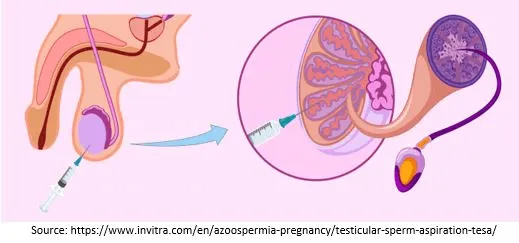
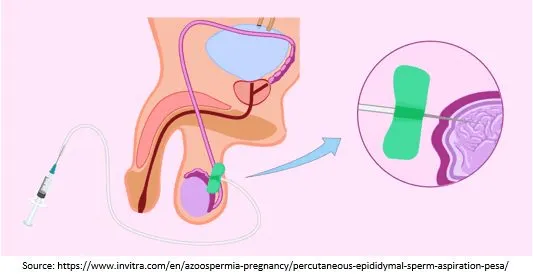
Treatments for Women
To help women regain their fertility, several different treatments are available at the Nisha IVF centre in Ahmedabad. To conceive, you might only require one or a combination of more than one.
These may consist of:
- surgery to treat uterine issues.
- using fertility medications to regulate or induce fertility.
Intrauterine insemination (IUI) involves inserting healthy sperm directly into the uterus during ovulation to achieve pregnancy.
Assisted Reproductive Techniques
- The term assisted reproductive technology (ART) is used to describe any fertility treatment or procedure that uses the egg and sperm for a variety of purposes to help conception.
- The most common ART procedure is In vitro fertilization (IVF). It entails taking the eggs out of the woman’s ovaries and fertilizing them with sperm in a lab. Then, the resulting embryos are implanted in the uterus.
- During IVF, other methods might be used to help improve the chances of conception. These may consist of:
- Intracytoplasmic sperm injection (ICSI) involves injecting a healthy sperm right into an egg.
- If there are severe issues with the eggs or the sperm, donor sperm or eggs may be used.
- For women without a functioning uterus or those who are thought to be at high risk for pregnancy, there is a gestational carrier or surrogate option.
Let’s know,
Tips to Improve Your Chances of Conception
An infertile couple receives treatment differently than a subfertile couple. Initially, the treatment for subfertile couples is neither aggressive nor prompt.
To increase your chances of pregnancy, your doctor may typically advise you to make some lifestyle adjustments and use fertility awareness techniques.
The following lifestyle modifications and advice can improve your chances of getting pregnant naturally:
- Avoid active and passive smoking because it affects both male and female fertility.
- Reduce your intake of caffeine and alcohol because they affect men’s and women’s fertility.
- Being underweight or overweight can affect fertility, so maintain a healthy weight.
- Use ovulation kits to determine the ideal time to have sex during the cycle.
- You should discuss any medications you are taking with your doctor because they can impact fertility.
- Avoid saunas and extreme heat because they can decrease sperm production and sperm quality.
- Men and women should exercise moderately to maintain their sperm counts and menstrual cycles.
When subfertility is identified, getting pregnant usually takes longer. Though it is disappointing, lifestyle changes can increase the likelihood of conception. If these lifestyle modifications are unsuccessful, you may need to begin fertility treatment, which may involve medicines, surgery, assisted reproduction procedures, or a combination.
